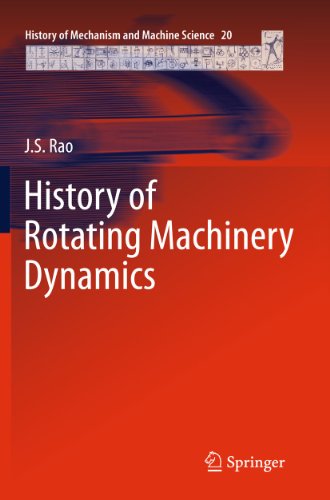

Most ebook files are in PDF format, so you can easily read them using various software such as Foxit Reader or directly on the Google Chrome browser.
Some ebook files are released by publishers in other formats such as .awz, .mobi, .epub, .fb2, etc. You may need to install specific software to read these formats on mobile/PC, such as Calibre.
Please read the tutorial at this link: https://ebookbell.com/faq
We offer FREE conversion to the popular formats you request; however, this may take some time. Therefore, right after payment, please email us, and we will try to provide the service as quickly as possible.
For some exceptional file formats or broken links (if any), please refrain from opening any disputes. Instead, email us first, and we will try to assist within a maximum of 6 hours.
EbookBell Team

5.0
90 reviewsThis book starts with the invention of the wheel nearly 5000 years ago, and via Archimedes, Aristotle and Hero describes the first practical applications such as water wheels and grinding wheels, pushing on to more rigorous scientific research by inquiring minds such as Leonardo da Vinci and Copernicus in later ages. Newton and Leibniz followed, and beam structures received maximum attention three centuries ago. As focus shifts and related disciplines such as mathematics and physics also develop, slowly turbomachines and rotor and blade dynamics as we know the subject now take shape.
While the book traces the events leading to Laval and Parsons Turbines, the emphasis is on rotor and blade dynamics aspects that pushed these turbines to their limits in the last century. The tabular and graphical methods developed in the pre-computer era have taken different form in the last fifty years through finite element methods. The methods evolved in the last century are discussed in detail to help modern day designers and researchers.
This book will be useful to young researchers and engineers in industry and educational institutions engaged in rotor and blade dynamics work in understanding the past and the present developments and what is expected in future. Faculty and industry engineers can benefit from this broad perspective history in formulating their developmental plans.